TPO – In this third excavation, archaeologists discovered some new points compared to the previous two excavations, such as the first time they found spinning rods in the cultural layer. In addition, many unfinished and completed pieces of jewelry stone and broken pieces were exposed, suggesting the possibility of jewelry production activities at Thac Hai.
On September 13, at Dak Lak Museum, a conference was held to report the preliminary results of the third excavation of the Thac Hai archaeological site in 2024.
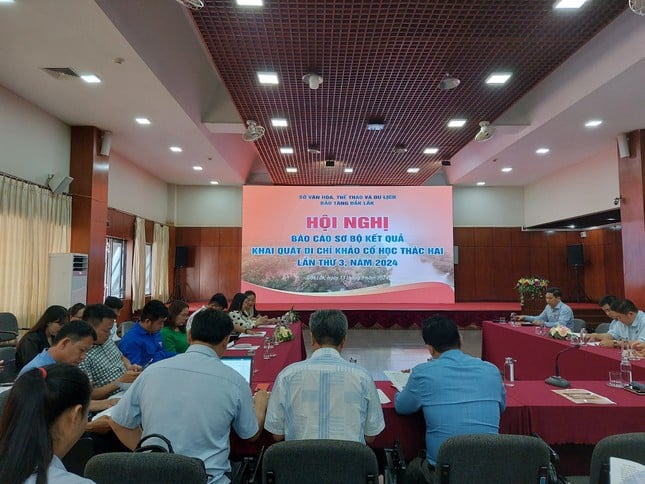 |
The 3rd conference on preliminary report on excavation results of Thac Hai archaeological site, 2024 |
The Thac Hai archaeological site in village 6 (Ia Jloi commune, Ea Sup district, Dak Lak province) was excavated by Dak Lak Museum in collaboration with the National Museum of History in 2021 and 2022.
Through this, many valuable and unique relics and artifacts were collected, discovered for the first time in the Central Highlands. Among them, the “Thac Hai Stone Drill Collection” was recognized by the Prime Minister as the first National Treasure of Dak Lak province.
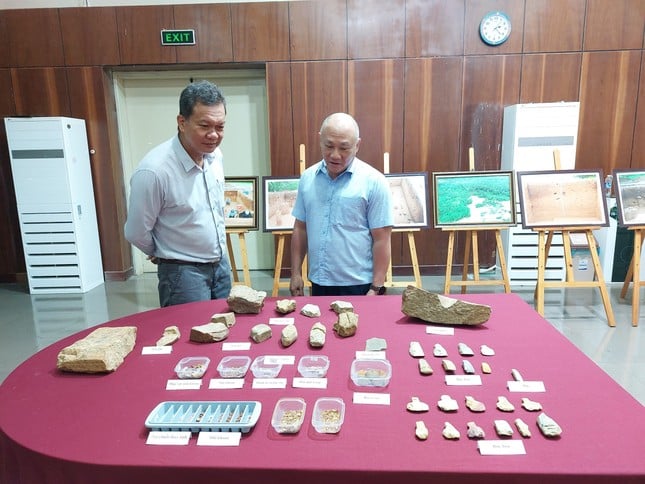 |
| Delegates visit and learn about the artifacts |
Dak Lak Museum continued the third excavation from June 26 to July 28, 2024, with an excavation area of 20m2 . Here, a cultural layer about 2m thick was identified, containing relics such as tombs, along with many relics such as grinding tables, axes, and adzes. In particular, through screening, more than 100 beads made of stone, glass, and ceramic were collected; more than 1,000 drill bits and sketches made of opal, jasper, silicon, phtanite, etc., along with tens of thousands of flakes.
The outstanding feature of the drill bits is that they are carefully polished and mostly unused; the pottery is quite rich in variety, including vases, pots, jars, urns, bowls, etc., with many different sizes.
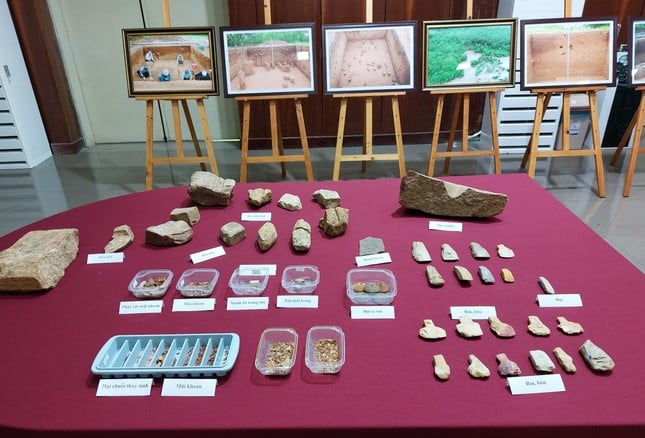 |
In the third excavation, some new points were discovered compared to the previous two excavations. |
Up to now, Thac Hai is the archaeological site with the thickest cultural layer in Dak Lak in particular and the Central Highlands in general, demonstrating long-term and continuous residence for more than 1,000 years. At the same time, this is considered the only stone drill bit manufacturing workshop in the Central Highlands up to the present time.
The results of this third excavation combined with the C14 dating analysis of the first excavation show that the Thac Hai relic is located in the time frame from about 4,000 years to about 2,000 years ago, with two different early and late development stages.
During the excavation, the team surveyed a number of locations around Thac Hai area and along both banks of the Ea H'leo River within a radius of up to 10km.
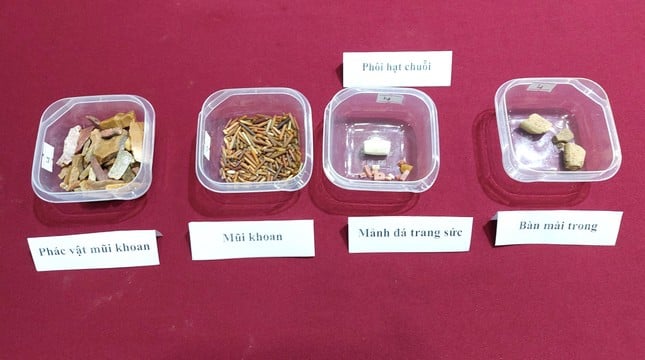 | ||
|
Through the overall relics and artifacts, it can be seen that Thac Hai is a complex relic, which is both a residence, a burial site, and a large-scale stone drill manufacturing workshop.
Initially, it can be seen that the Thac Hai site has a close relationship with archaeological cultures in the Central Highlands such as Bien Ho in Gia Lai province or Lung Leng, Plei Krong in Kon Tum province.
Speaking at the conference, Mr. Dinh Mot, Director of Dak Lak Provincial Museum, said that the Thac Hai archaeological site was discovered by Dak Lak Museum in 2020, and a number of stone artifacts were recovered: axes, adzes, grinding tables, pots, pottery pieces and thread-spinning plumb bobs. After that, Dak Lak Museum coordinated with the National History Museum to excavate this site in 2021-2022.
It can be said that the potential of Dak Lak archaeological heritage is quite large with more than 50 prehistoric archaeological sites, of which 7 have been excavated and dozens of sites have been surveyed, collecting thousands of labor tools, jewelry, household utensils made of stone, bronze and ceramic... of ancient residents dating from 2,500 to 4,500 years ago.
In recent years, Dak Lak Museum has actively coordinated with research agencies such as the Vietnam Institute of Archaeology, the Central Highlands Institute of Social Sciences, and the National Museum of History to conduct research on the archaeological potential in the province.


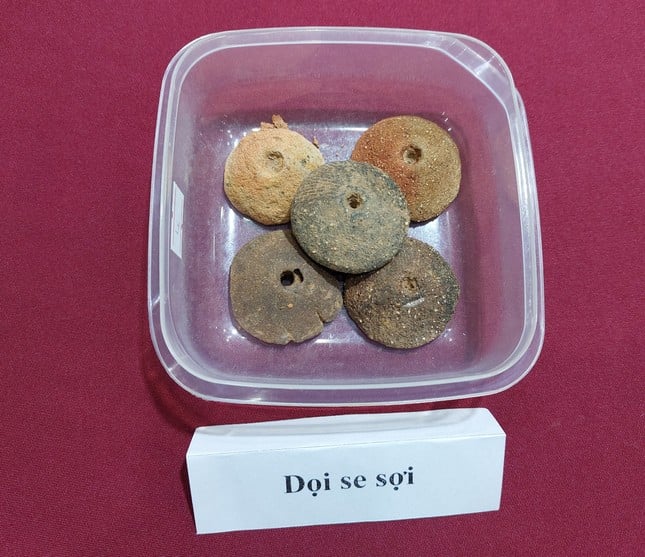





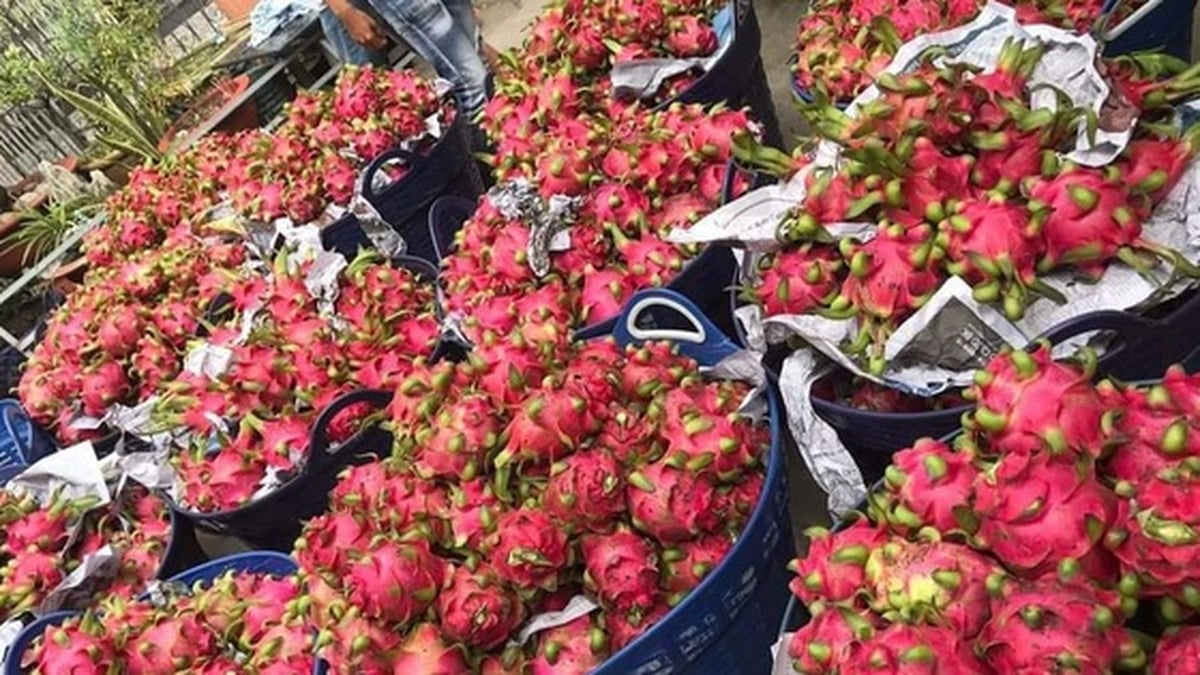


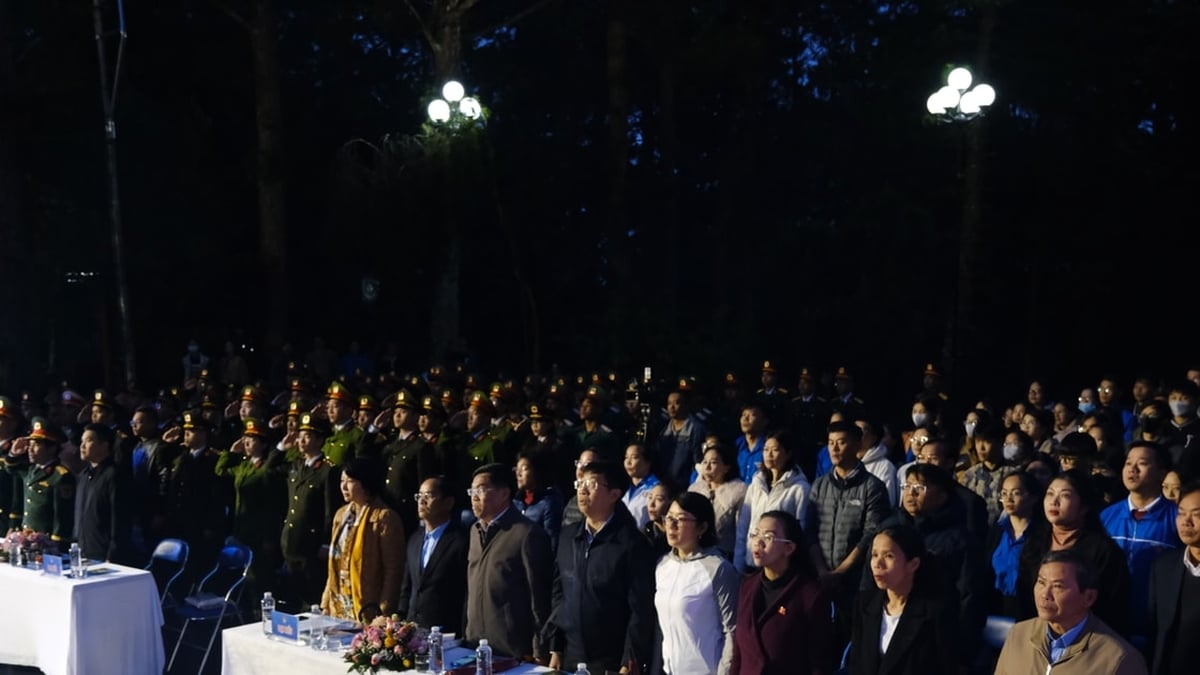
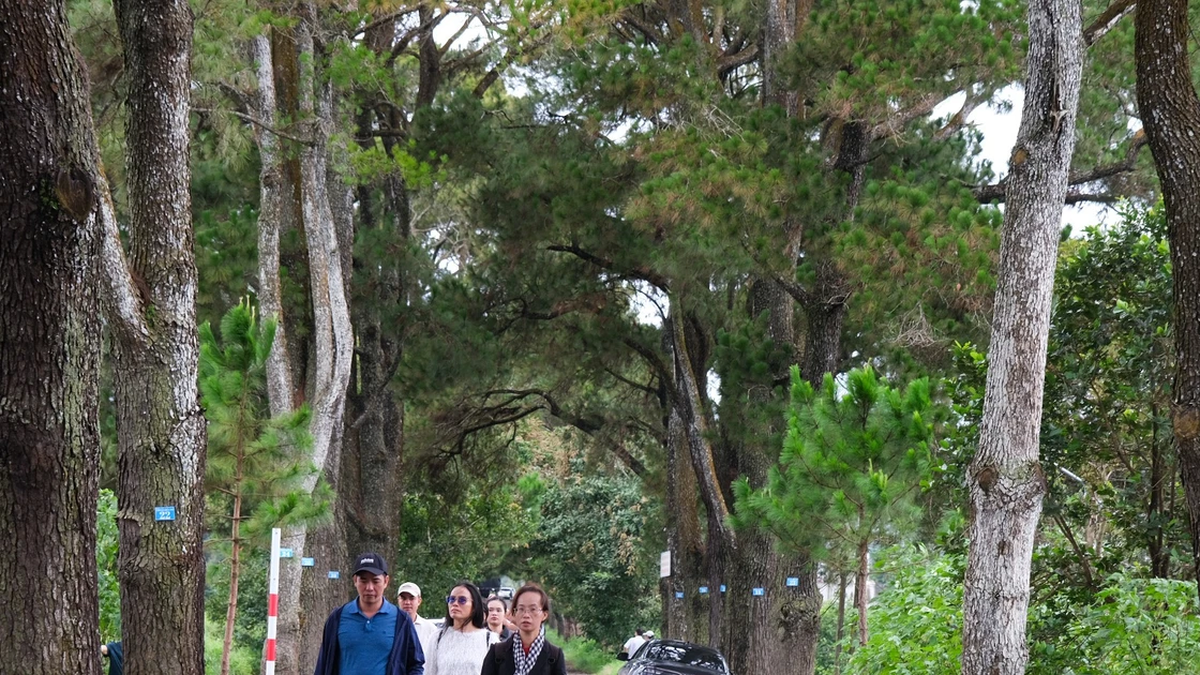





























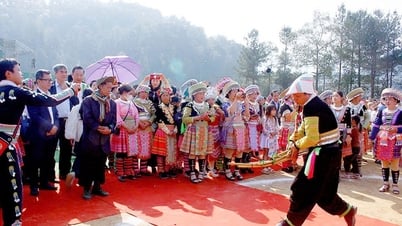


























![[Photo] National Assembly Chairman Tran Thanh Man receives Chairman of Morocco-Vietnam Friendship Association](https://vphoto.vietnam.vn/thumb/402x226/vietnam/resource/IMAGE/2025/7/26/b5fb486562044db9a5e95efb6dc6a263)

































Comment (0)